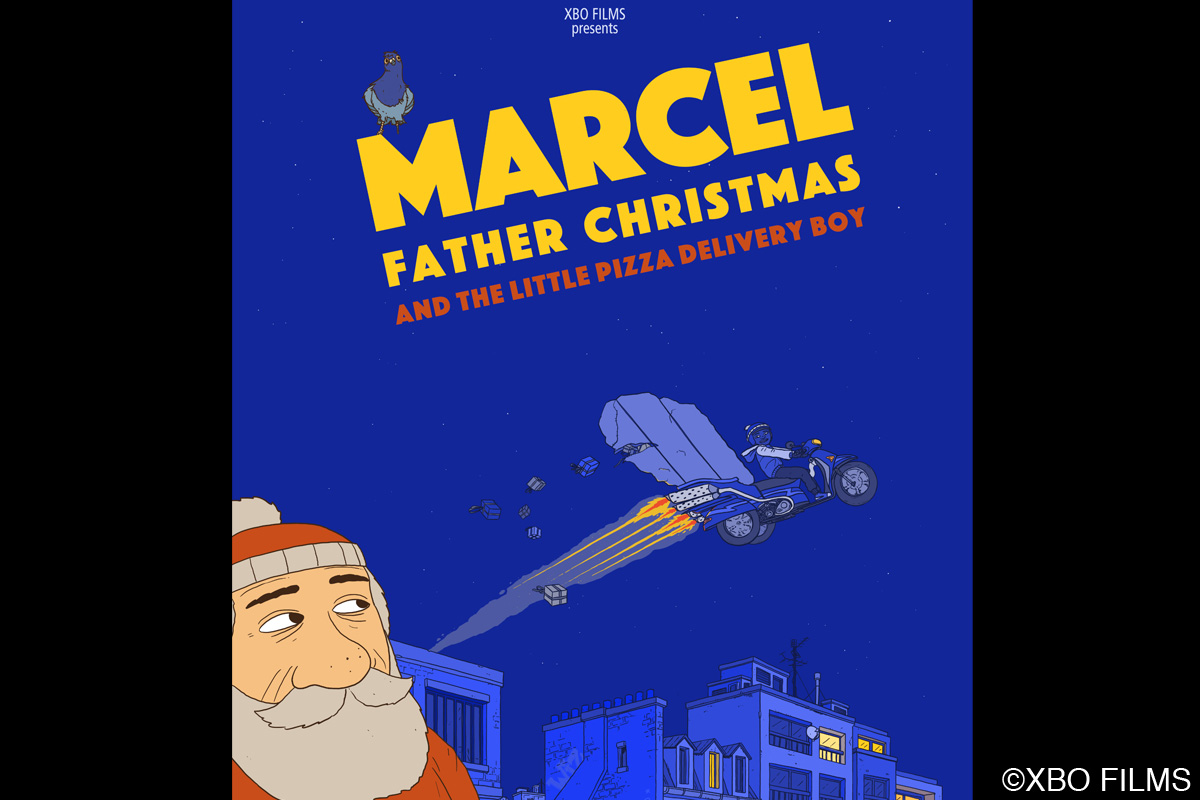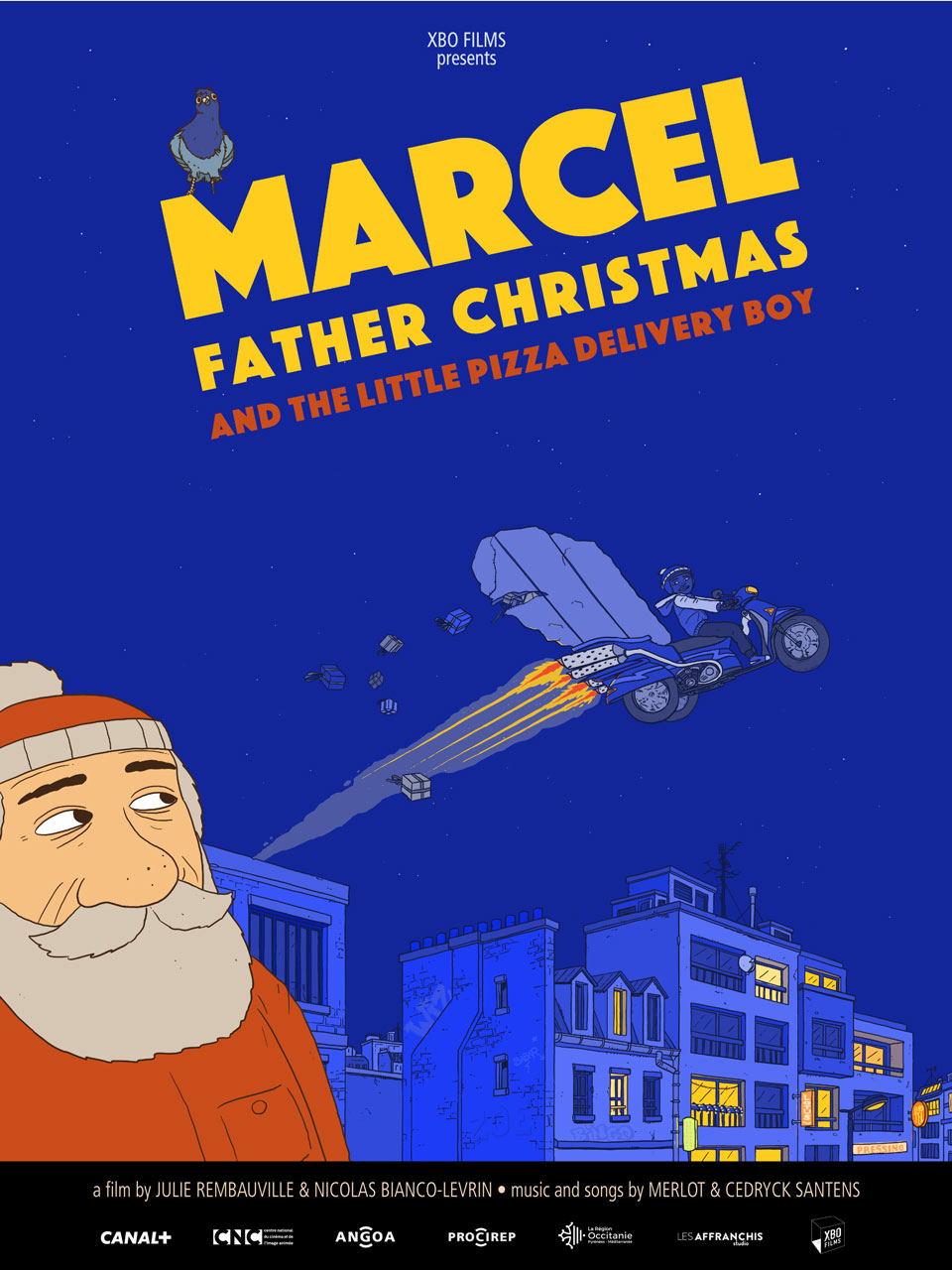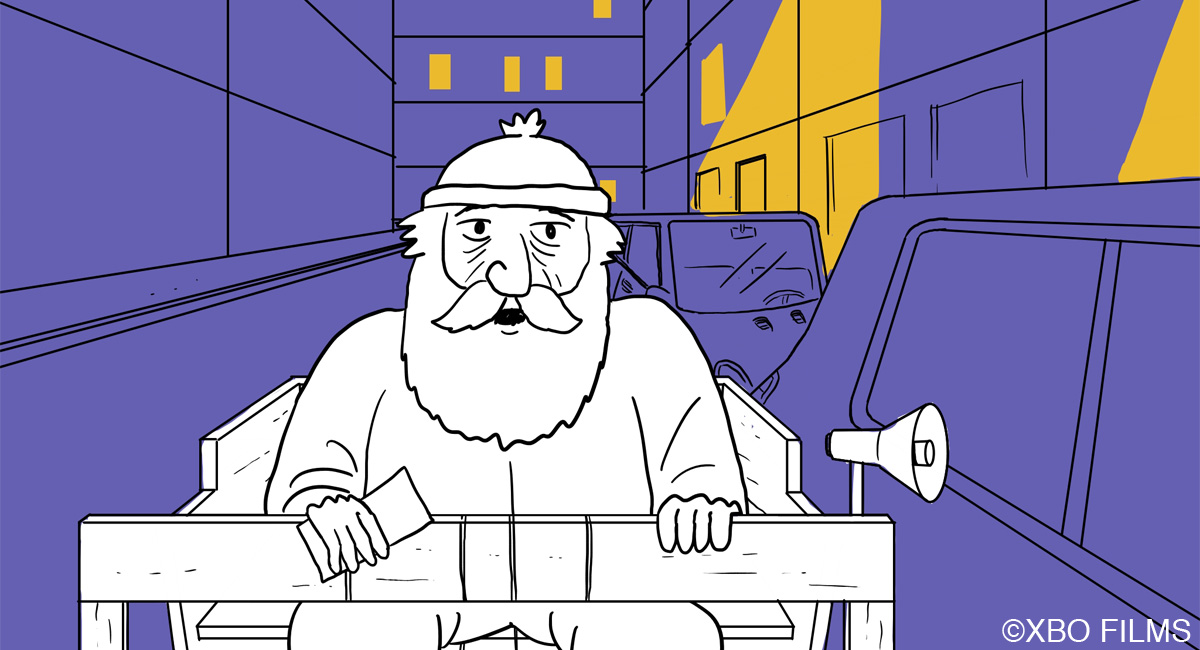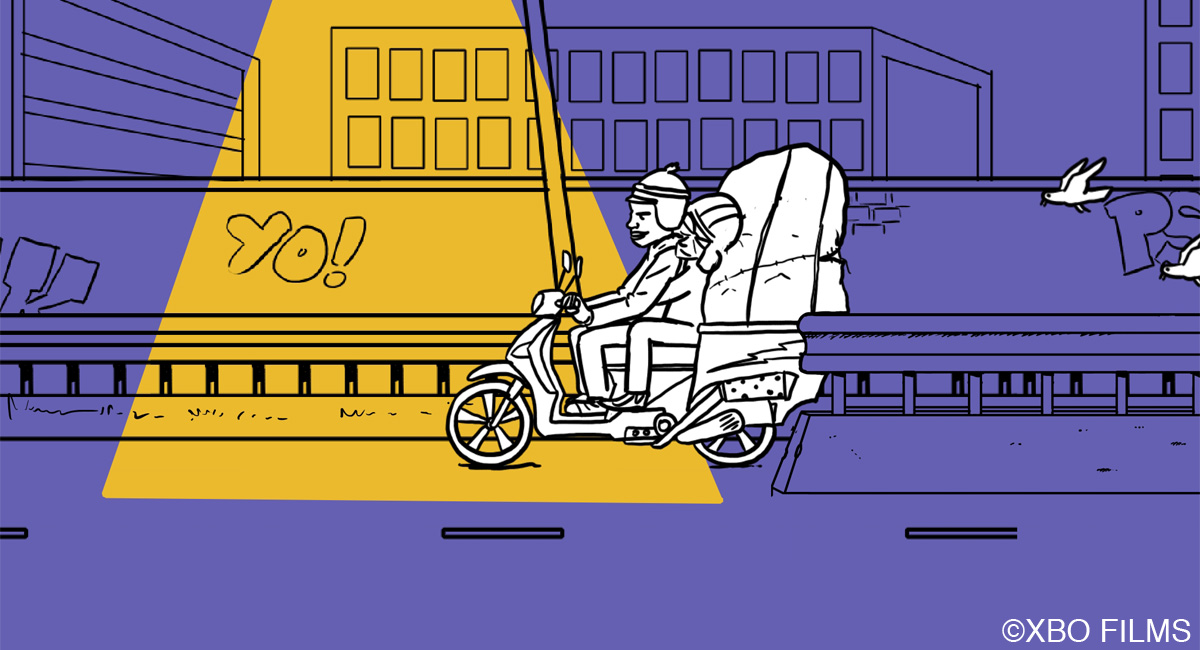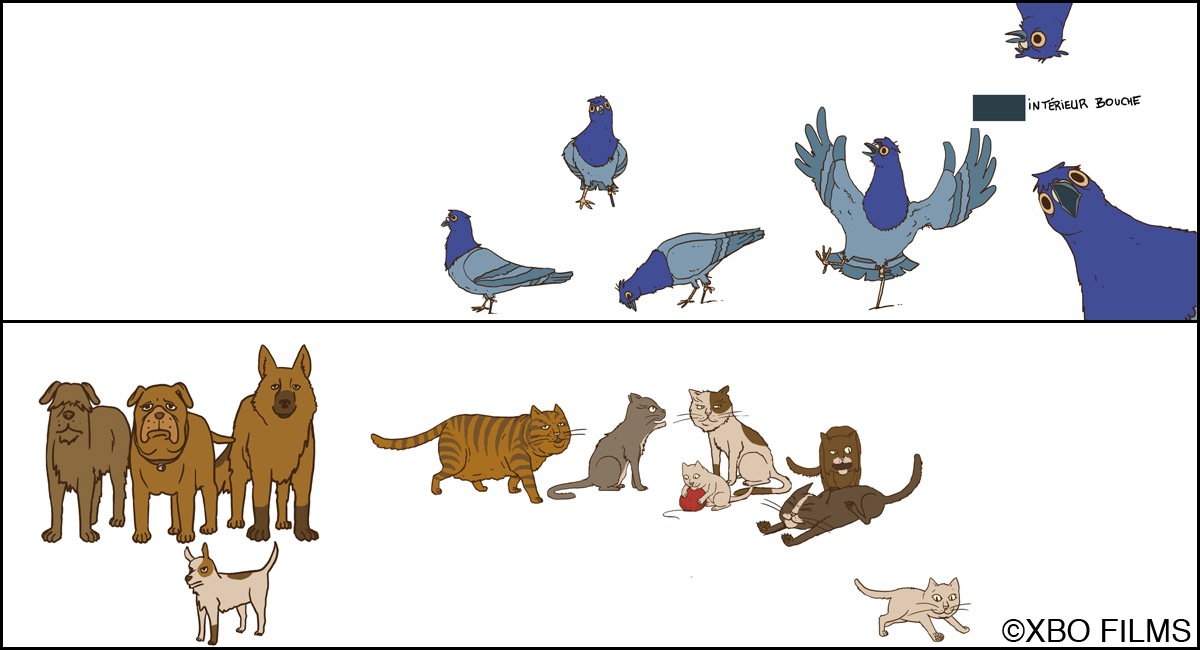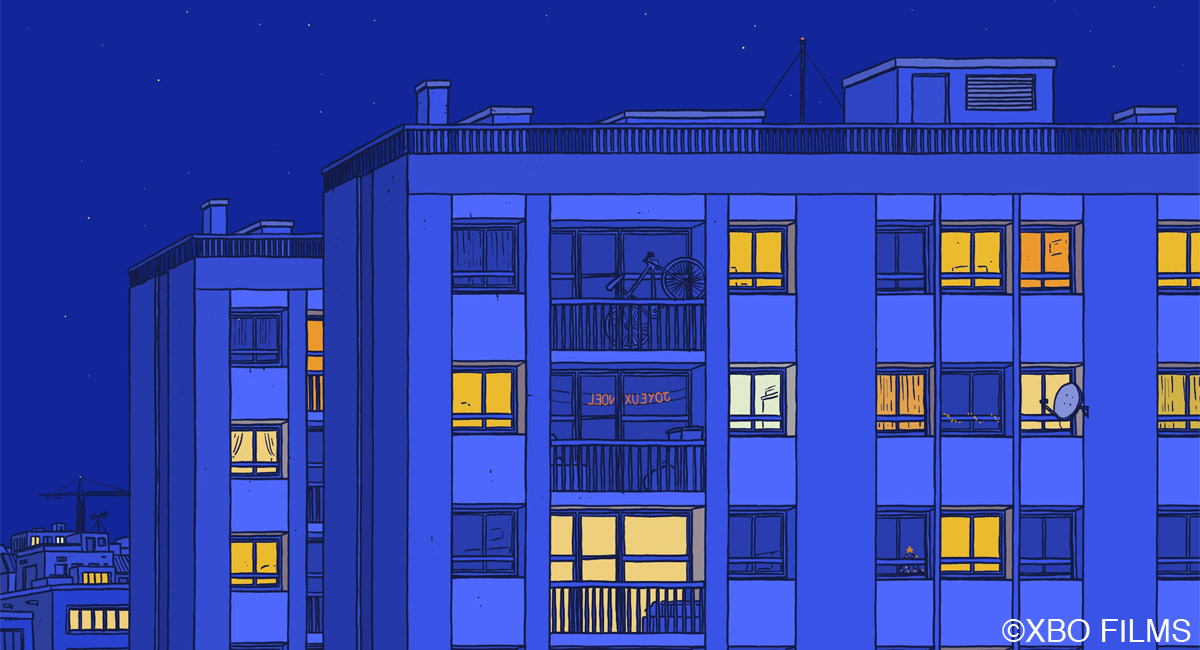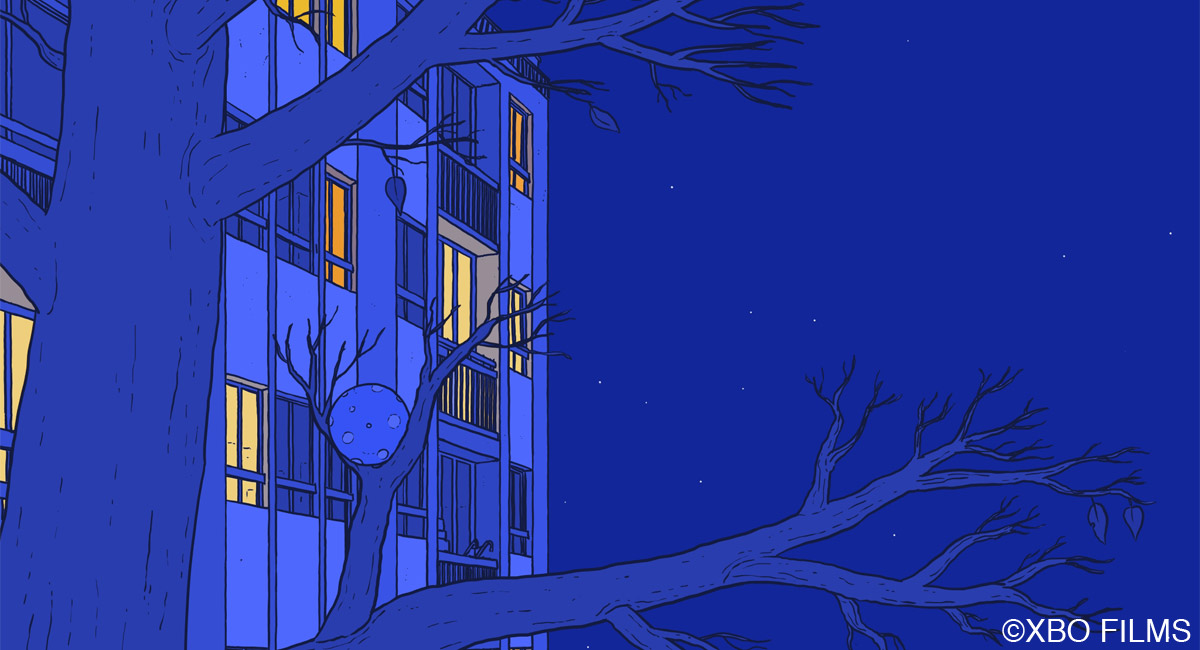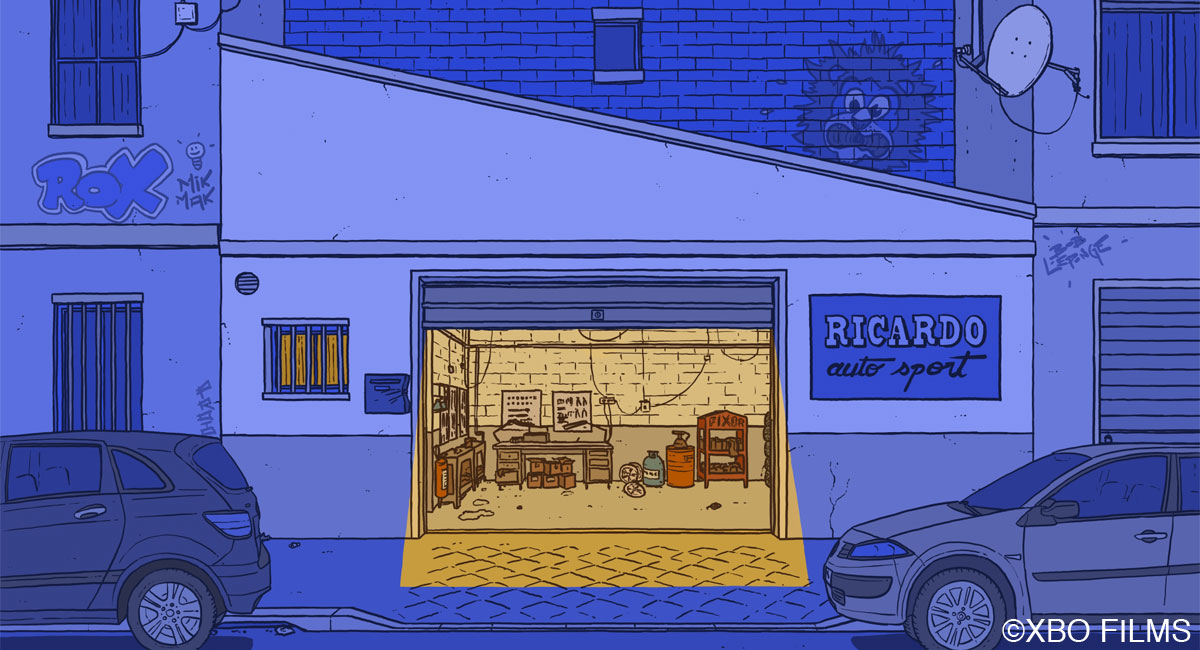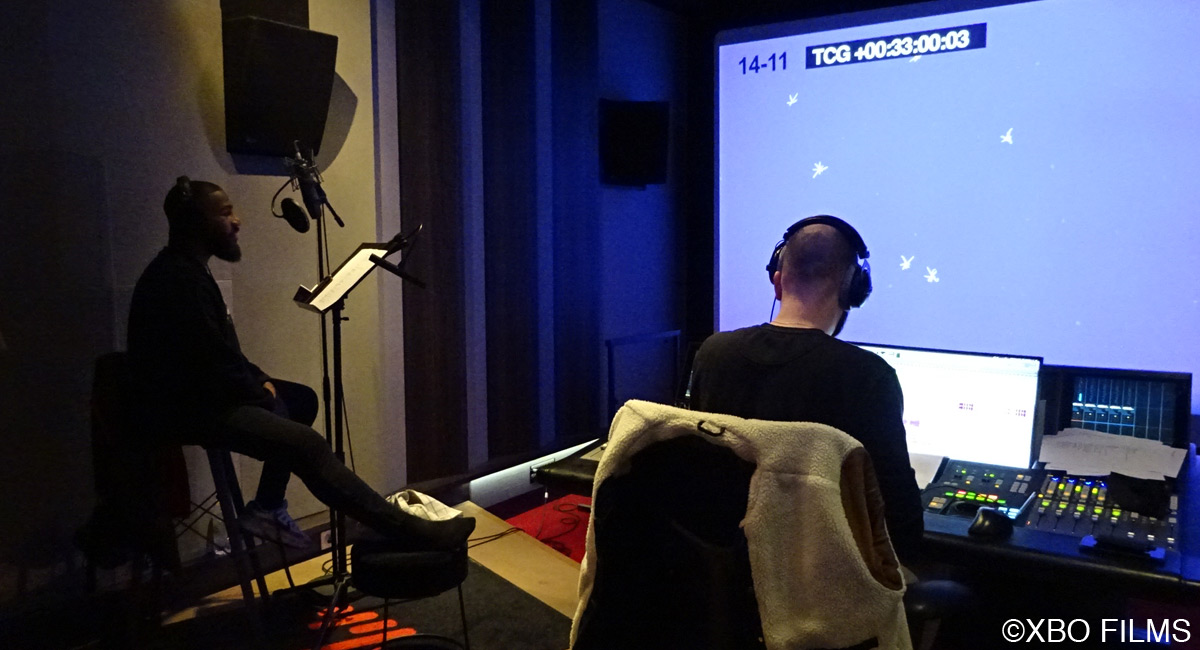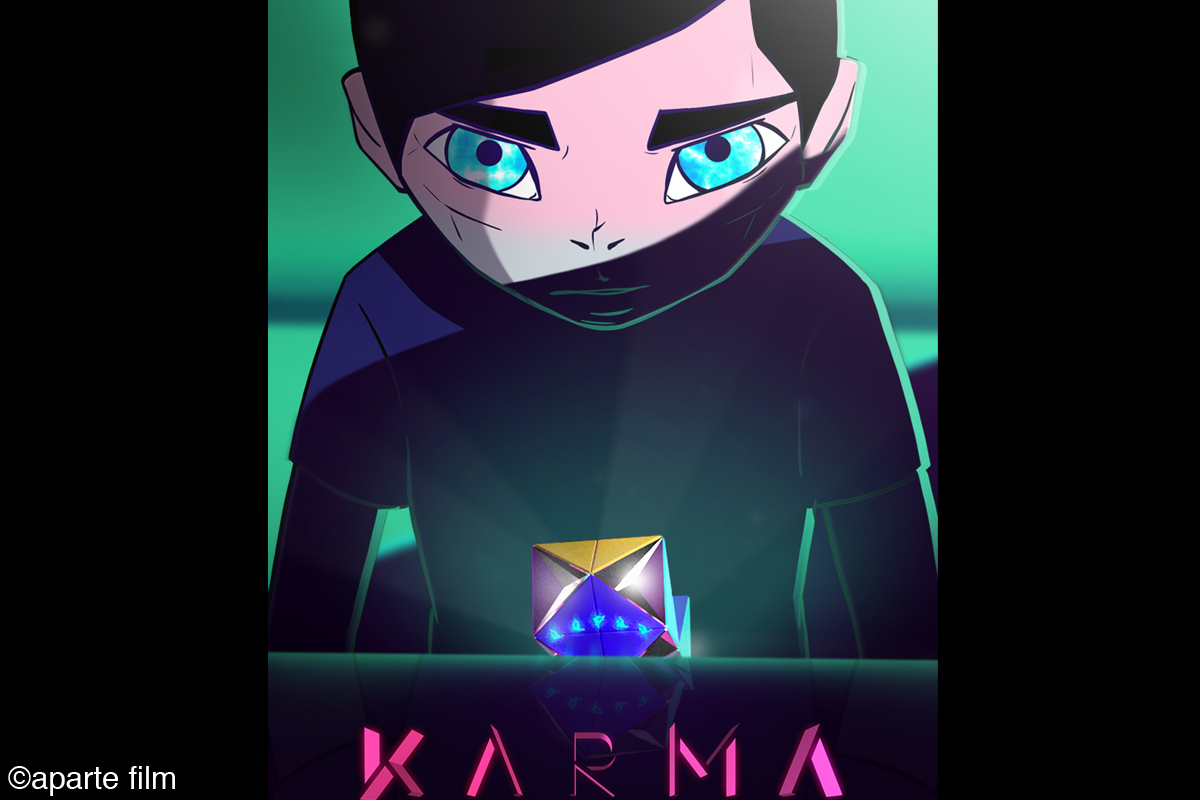Synopsis
Christmas Eve, somewhere in a gray suburb, a young daydreaming pizza delivery boy named Abdou meets the real Father Christmas, who’s name is Marcel. The journey of this worn-out and tired old man is jeopardized by a stupid accident with a scooter. Thanks to Abdou, who calls on the help of some of the neighborhood’s unusual characters, Father Christmas’ distribution is completed. In a mayhem of song and dance, Christmas is saved!
Marcel, Father Christmas (and the Little Pizza Delivery Boy)
Directors: Julie Rembauville and Nicolas Bianco-Levrin
Scriptwriter: Julie Rembauville (Adaptation from Marcel, le père Noël (et le Petit Livreur de Pizzas))
Graphic Author: Nicolas Bianco-Levrin
Producer: Luc Camilli (Xbo films, France)
Format: 45’
Target audience: Children 5-7
Techniques: 2D digital
Marcel, Father Christmas (and the Little Pizza Delivery Boy) is an attractive animation project (a 45 minute TV special) based on a musical of the same title. During their pitch at Cartoon Forum 2022 in front of animation professionals in packed seats, the project’s light-hearted trailer has been revealed, giving us great anticipation for the completed project.
The musical animation will tell a heart-warming modern Christmas story with a sense of humour centering on a pizza delivery boy, along with a variety of fun music. It is planned to be broadcasted in the Christmas season 2023.
We heard from the two directors, Julie Rembauville and Nicolas Bianco-Levrinare, on the story behind the project.
Interview with Julie Rembauville and Nicolas Bianco-Levrin
Hideki Nagaishi (HN): Could you please let us know what part of this animation project you think will be the most appealing or attractive to the prospective audience?
Julie Rembauville: It’s a real Christmas story, but taking place in the present-day and playing with the tropes of a Christmas tale to make a modern, funny and offbeat story. Marcel, father Christmas, is overwhelmed by modernity, too old and tired to make his Christmas tour, so this night, it’s a little pizza delivery boy who will do Santa’s job.
Nicolas Bianco-Levrin: And it’s a musical! But a musical tale rooted in the reality of a small suburban town with a sad reputation. The beginning of the film shows this suburban city with humour and tenderness, then the film takes another turn when father Christmas appears. Even if he looks so tired and a little bit fed up with Christmas, the magic finds its place in this daily life with some discreet little interventions, especially made by a mother Christmas called Mireille. Musical comedy is a genre that allows great freedoms by transforming each scene into a small theater of life.
HN: Could you please let us know about the original musical, briefly?
Julie Rembauville: Written by Manuel Merlot with a music co-composed by Cedryck Santens, Marcel, Father Christmas (and the pizza delivery boy) is firstly a musical album for children, and a show. It’s a tale of around 30 minutes with 8 songs in a quirky tone.
HN: In addition to the previous question, what part of the original musical attracted you the most?
Julie Rembauville: Besides the humorous tone, it’s the musical variety of the songs and the relevance of each of the styles to tell a moment of the story that I loved: it’s a travel from a blues song to a more rock song, from a street gospel sequence to a rap vibe. And it serves the story all the time.
Nicolas Bianco-Levrin: Just like the story, the music is funny and witty. There are several levels of reading things. We first discovered the album at the library. At that time, our child was 4 years old and we all really had fun together listening to it.
HN: How did this project start?
Julie Rembauville: When we first listened to the album, images immediately appeared in our heads, with new characters singing some of the songs as well. As we were working on other films, all theses ideas stayed in our heads but they kept popping up every time we were listening to the album as a family.
So after two years, I got in contact with Manuel Merlot to tell him the movie we used to imagine and that we could try to do it for real. We were quickly met with enthusiasm. The first drawings and the bases of the adaptation were laid in the following month.
I solicited Luc Camilli from Xbo films with whom we had already worked in the past. He also found the project very exciting. Then everything went on with incredible ease, as in a Christmas story! And we were able to go into production very quickly!
HN: What do you take care in the most when you write the story of the TV Special?
Julie Rembauville: First of all, I wanted to pay tribute to children and teenagers who are not seen so often in TV films for children but who watch it a lot: the children of our working-class neighbourhood, the ones that we met also during animation workshops we did with Nicolas in many French suburban schools since almost 20 years. Years later, sometimes we still remember the faces, names, paths, and dreams of some of them. It was important for me that the hero was from a Senegalese family and that the French children coming from immigrant families could recognize themselves in him. Then I thought happily how animation and its visual narrative could add to this quirky story and turn it into a Christmas comedy in accordance with the intentions of the record, but sometimes shifting the look.
HN: What is the most important characteristic of the visual design of the characters and universe for the story in the animation series, and why?
Nicolas Bianco-Levrin: The graphic design of the film was conceived as a comic inspired by the Belgian clear line style. The whole film takes place in a peripheral city where everything is not as tidy as under the Eiffel Tower. The image of those places is often greyish. Buildings are disparate, sidewalks are strewn with rubbish and streets with graffities. The idea was to transcribe this reality which is not necessarily very beautiful by giving it shine. The design of the sets was done in a rather realistic and well-documented way. It is the color setting that allows the embellishment of this reality.
The film takes place almost entirely at night: We have dressed the city in the shades of blue in which skylights are cut out, notably those of the street lamps that make shimmering colors appear. When it comes to the characters, I have forced myself to represent everyday people by trying to transform their possible defects into character traits that contribute to their own charm.
HN: What can you tell us about the music for the animation series at the moment?
Julie Rembauville: All the music, songs and voices have been already recordered last year as we are now doing the animation . We had to adapt the songs, for example in the film, the narrator is a pigeon who sings with his comrades pigeons a song presenting Marcel, Father Christmas. We worked a lot on the animatic with Manuel and Cedryck and some new mock-ups of the songs and sometimes with their first versions. Then Manuel and Cedryck made a new recording with new musicians and singers while retaining, of course, the variety of styles of the original album.
One big difference from the disc is the sequence of the Christmas tour: We imagined a large musical sequence of 8 minutes with alternating editing on several places. It is sometimes sung, sometimes spoken, and I hope completely panting and crazy!


